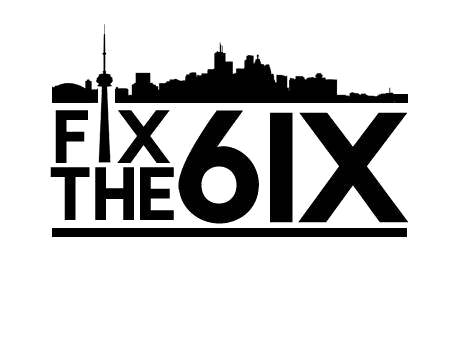One of our volunteers interviewed an individual who is currently working in a shelter for the City of Toronto. To ensure client safety, we will not be using names in this blog post.
What does a typical morning look like?
In the shelters, on the frontlines, it can be anything that can happen. A typical day would start with a team meeting, with updates about discharges from the morning or how many clients in the extreme weather program are at the shelter.
What is the extreme weather program?
When there is extremely cold weather, we open additional space in the shelter for 10 more clients. We can have additional clients stay, but it’s just for the evening. The assumption is in the morning we will then look through the shelter system and try to find a referral for them to go to another place. It is just a temporary fix for the night with a cot on the floor, but they can have dinner and breakfast there and a place to stay for the night. We typically run into issues where they do not want to leave, and we will do our best to find them another place to stay for longer than one night, but it is incredibly difficult.
What does the rest of the day look like as a staff worker?
As a staff worker you prepare and serve lunch and breakfast service, give access to the laundry room, and there’s a room check. The staff checks the rooms for food, alcohol, or any other banned substances or objects. It is also a good chance to chat with clients. I find room checks the best opportunity to actually interact with clients and you can see where they’re at mentally/emotionally etc. Chatting with clients is especially important as we do not get to speak as generally when they’re just coming to the front desk if they are hungry, or they have a complaint about a roommate. So, the room check is a chance to see how the client is doing, the staff may ask, “Are you tired? How have you been? Is there an issue with your room? Is the temperature okay here?”.
What is something you noticed about room checks?
A lot is up to the staff member and how they approach the check. Some staff use room checks to make sure there are no crumbs in the room or to see if a client has accumulated too many belongings. That seems to be one of the biggest issues. And I have a little conflict of my own around that because there’s a real emphasis that you can only have two bags in the shelter system. When we’ve noticed people have too much stuff, we need to address it. And so that’s one of the main, I would say top conflicts with a room check is that your staff sort of communicates to a client that they have too many things and they have to downsize.
During a “typical” day in frontline work, you will be doing case notes. After you’ve had an interaction with the client, whether they’ve had a complaint about a roommate, or they’re talking about their health, they made a complaint or they voiced their concern, you try to note that in their files so that we can keep track of all of these things. Usually, I think case studies are most useful for caseworkers so that they can fill in some blanks about their clients like why their housing plans are not working and you can kind of get what the day-to-day is like for them. And you know, as will happen in any living arrangement, there are certain clients that don’t get along with each other and so it is important to have in written form what those conflicts are and if there is something staff can do to amend them like room changes or having the members on different lunch schedules. Even just being aware allows for the opportunity to notice when you may need to redirect.
Roughly how many people are in the shelter?
Prior to the pandemic, 100 people would stay in the shelter. However, during the pandemic and now we have had to downsize to under 100 for social distancing protocols. This was actually quite good for the clients as they have more space for themselves and more privacy. Most of the rooms currently have two people but there are a few rooms with three and one with six. Yeah, six, it’s a notorious room. The shelter is also pet friendly which can make the space appear even more full than it already is. Naturally, it can also cause additional issues with the rooms and if they get along with the other pets.
What does case management services look like at the shelter?
The services, mainly the five components, are around IDs. There are lots of ID clinic visits we refer clients to or assist them in getting some identification. We currently have refugee claimants, so the letter of acknowledgement from the government, legal aid and tax assessments. We also have a nurse on site 24/7 to assess clients before we refer them to additional treatment. A doctor comes once a week on Fridays as well as a psychiatrist who comes on Thursdays. Case managers create a list of clients who will be seen based on need/severity. The number one service that is used is housing subsidies. I’m always hearing about filling out COHB applications, Canadian Ontario Housing Benefit.

